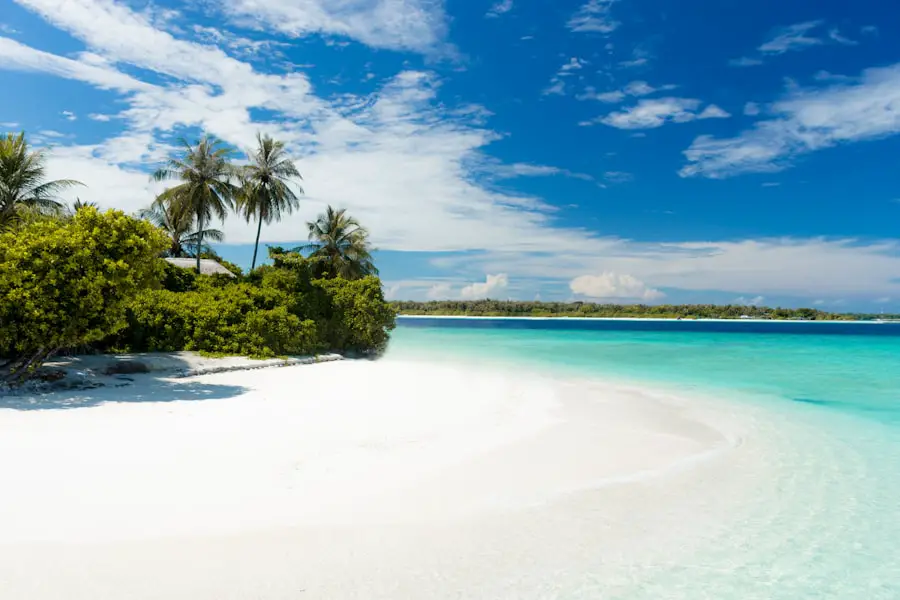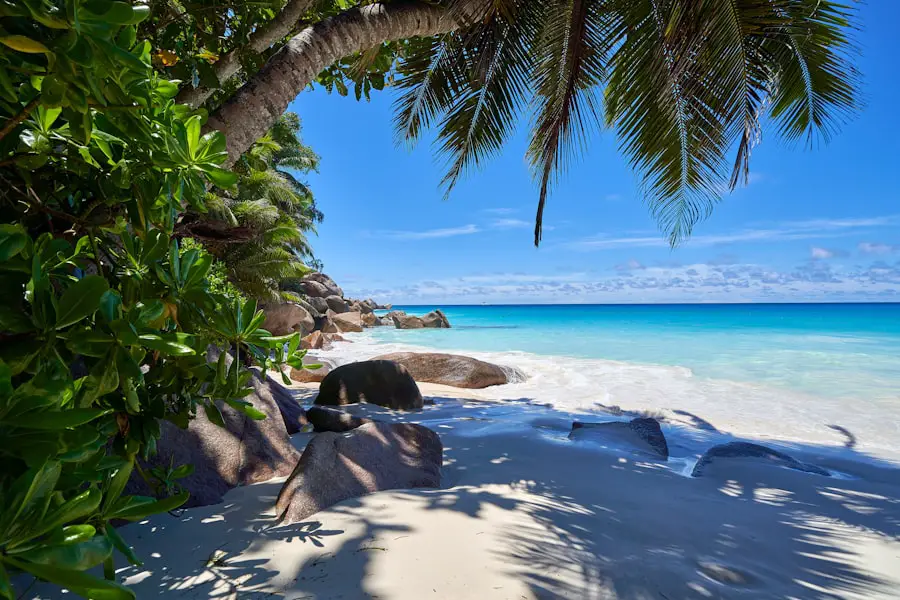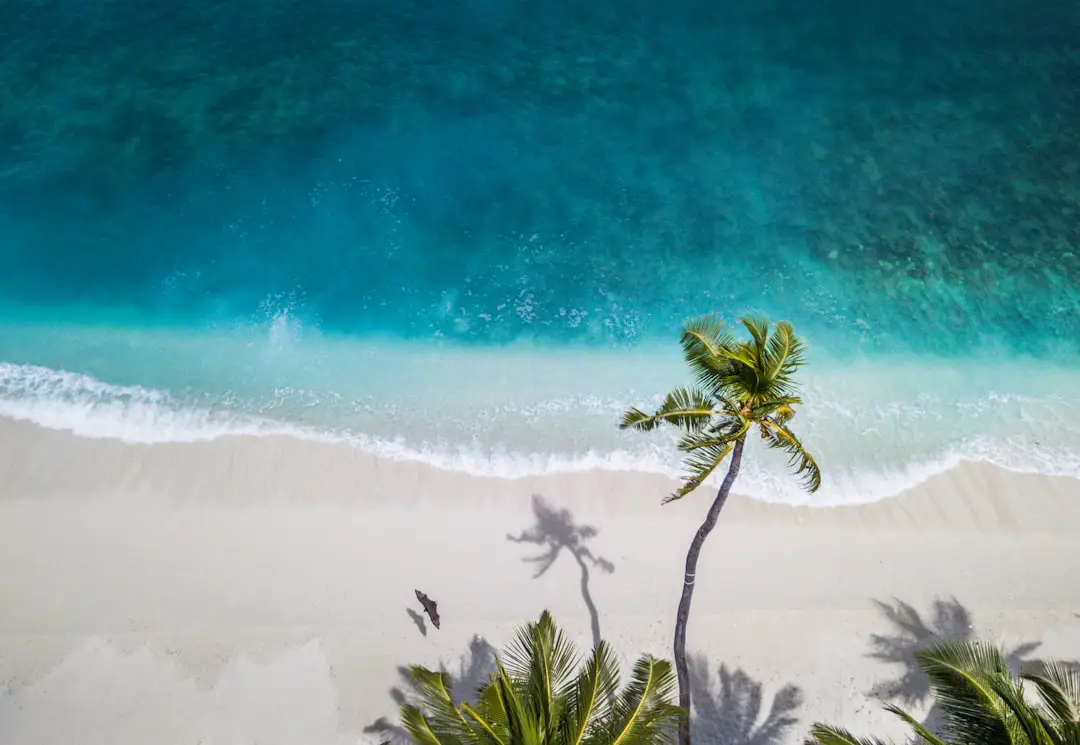The Caribbean, a vibrant tapestry of islands and cultures, is renowned for its stunning landscapes, rich history, and diverse ecosystems. Comprising over 7,000 islands, islets, reefs, and cays, this region is a melting pot of influences from indigenous peoples, European colonizers, and African heritage. Each island boasts its own unique character, from the lush rainforests of Dominica to the pristine beaches of the Bahamas.
The Caribbean is not just a destination; it is an experience that captivates travelers with its warm hospitality, tantalizing cuisine, and rhythmic music that echoes through the streets. Tourism plays a pivotal role in the Caribbean’s economy, with millions of visitors flocking to its shores each year. The allure of sun-soaked beaches, crystal-clear waters, and vibrant coral reefs draws people from all corners of the globe.
Beyond the idyllic scenery, the Caribbean offers a wealth of activities ranging from water sports to cultural explorations. Whether one seeks relaxation or adventure, the Caribbean provides an array of options that cater to every type of traveler. Understanding the nuances of this region is essential for anyone looking to explore its many wonders.
Key Takeaways
- The Caribbean is a region consisting of the Caribbean Sea, its islands, and the surrounding coasts, known for its stunning beaches, vibrant culture, and diverse history.
- The weather in the Caribbean is generally warm and sunny year-round, with a hurricane season from June to November and the potential for rain showers.
- Peak season in the Caribbean is from December to April, offering ideal weather for beach vacations, while off-season travel from May to November can provide lower prices and fewer crowds.
- The Caribbean hosts numerous festivals and events throughout the year, including Carnival, music festivals, and cultural celebrations that showcase the region’s rich heritage.
- The best time for outdoor activities in the Caribbean is during the dry season from December to April, when visitors can enjoy activities such as snorkeling, diving, hiking, and water sports.
- When visiting the Caribbean, it’s important to pack sunscreen, insect repellent, and lightweight clothing, and to be mindful of local customs and safety precautions.
- Travel costs in the Caribbean can vary depending on the island, with options for budget-friendly accommodations, dining, and transportation, as well as luxury resorts and high-end experiences.
- In conclusion, the perfect time to visit the Caribbean depends on individual preferences, with peak season offering ideal weather and off-season providing potential savings and fewer crowds.
Weather and Climate in the Caribbean
The Caribbean enjoys a tropical climate characterized by warm temperatures and abundant sunshine throughout the year. Average temperatures typically range from 75°F to 85°F (24°C to 29°C), making it an inviting destination for sun-seekers. However, the climate can vary significantly between islands due to geographical differences.
For instance, islands like Puerto Rico and Jamaica experience more rainfall than drier locales such as Aruba and Curacao. The wet season generally spans from May to November, with the peak of hurricane season occurring between August and October. Understanding the weather patterns is crucial for planning a trip to the Caribbean.
The dry season, which runs from December to April, is often considered the best time to visit due to lower humidity and minimal rainfall. During this period, travelers can expect clear skies and pleasant temperatures, ideal for beach outings and outdoor excursions. Conversely, visiting during the wet season may present challenges such as sudden downpours and potential storms.
However, this time can also offer advantages like fewer crowds and lower accommodation rates.
Traveling during peak season in the Caribbean typically coincides with the dry months from December to April. This period attracts a significant influx of tourists seeking to escape colder climates in North America and Europe. As a result, popular destinations like Cancun, Barbados, and St.
Lucia can become bustling hubs filled with visitors. While the vibrant atmosphere can enhance the travel experience, it often comes with higher prices for flights and accommodations. Booking well in advance is advisable during this time to secure the best deals.
On the other hand, off-season travel presents a different set of opportunities and challenges. The months from May to November are considered off-peak due to increased rainfall and the potential for hurricanes. However, this period can be advantageous for budget-conscious travelers.
Many resorts offer enticing discounts and promotions to attract visitors during these quieter months. Additionally, exploring less crowded attractions allows for a more intimate experience with local culture and natural beauty. Travelers willing to embrace the unpredictability of weather may find that off-season travel offers unique rewards.
Festivals and Events in the Caribbean

The Caribbean is a region rich in cultural heritage, and its festivals reflect this diversity through vibrant celebrations that showcase music, dance, food, and art. One of the most famous events is Carnival, celebrated in various forms across many islands. Trinidad and Tobago’s Carnival is particularly renowned for its extravagant parades featuring elaborate costumes, infectious calypso music, and energetic dancing that draws thousands of participants and spectators alike.
This festival typically occurs in February or March and serves as a powerful expression of cultural identity. In addition to Carnival, each island hosts its own unique festivals that highlight local traditions. For instance, Junkanoo in The Bahamas is a lively street parade held on Boxing Day and New Year’s Day, featuring colorful costumes made from recycled materials and traditional music played on drums and cowbells. Similarly, Reggae Sumfest in Jamaica celebrates the island’s rich musical heritage with performances from top reggae artists.
These events not only provide entertainment but also foster community spirit and pride among locals while offering visitors an authentic glimpse into Caribbean culture.
Best Time for Outdoor Activities in the Caribbean
| Activity | Best Time |
|---|---|
| Beach Relaxation | Year-round, but best in the dry season (December to April) |
| Snorkeling | Year-round, but best in the dry season (December to April) |
| Scuba Diving | Year-round, but best in the dry season (December to April) |
| Hiking | Best in the dry season (December to April) to avoid heavy rains |
| Surfing | Best in the winter months (November to March) for consistent swells |
The Caribbean’s stunning natural landscapes provide ample opportunities for outdoor activities year-round; however, certain times are more favorable depending on the activity in question. For snorkeling and scuba diving enthusiasts, the dry season from December to April offers optimal visibility in the water due to calmer seas and less sediment runoff from rainfall. Popular dive sites like the Great Blue Hole in Belize or the coral reefs surrounding Bonaire are particularly inviting during these months.
Hiking enthusiasts will find that cooler temperatures during the dry season make it an ideal time for exploring trails on islands such as Dominica or St. Lucia. The lush rainforests and volcanic landscapes provide breathtaking views and unique flora and fauna that are best experienced when conditions are dry.
However, those interested in birdwatching may prefer the wet season when migratory birds flock to the region, creating vibrant opportunities for wildlife observation. Each season brings its own set of advantages for outdoor activities, allowing travelers to tailor their experiences based on their interests.
Travel Tips for Visiting the Caribbean
When planning a trip to the Caribbean, several practical tips can enhance the overall experience. First and foremost, understanding local customs and etiquette is essential for respectful interactions with residents. Each island has its own cultural norms; for example, greeting locals with a friendly “hello” or “good morning” can go a long way in establishing rapport.
Additionally, being mindful of dress codes when visiting religious sites or local communities demonstrates respect for cultural traditions. Another important consideration is transportation within the islands. While many travelers opt for rental cars to explore at their own pace, public transportation options such as minibusses or ferries can be both economical and an opportunity to engage with locals.
It’s also wise to familiarize oneself with safety tips specific to each destination; while many areas are safe for tourists, being aware of one’s surroundings and avoiding isolated areas at night can help ensure a trouble-free visit.
Caribbean Travel Costs and Budgeting

Traveling to the Caribbean can vary significantly in cost depending on factors such as destination choice, time of year, and personal preferences. Popular tourist hotspots like St. Barts or Anguilla tend to have higher price points for accommodations and dining compared to less frequented islands like Grenada or Dominica.
Budget travelers may find that opting for guesthouses or hostels instead of luxury resorts can lead to substantial savings while still providing an authentic experience. When budgeting for a trip to the Caribbean, it’s essential to account for additional expenses beyond accommodations and flights. Activities such as excursions, water sports rentals, or guided tours can add up quickly; therefore, researching options in advance can help identify affordable alternatives or package deals that provide better value.
Additionally, dining out can range from street food stalls offering delicious local fare at low prices to upscale restaurants featuring gourmet cuisine; planning meals accordingly can help manage overall costs while still enjoying the culinary delights of the region.
Finding the Perfect Time to Visit the Caribbean
The Caribbean offers an enchanting escape filled with diverse experiences that cater to every type of traveler. By understanding the region’s weather patterns, peak seasons, cultural festivals, outdoor activities, travel tips, and budgeting considerations, visitors can make informed decisions about when to embark on their journey. Whether one seeks vibrant celebrations during peak season or tranquil exploration during off-peak months, there is no shortage of opportunities to create lasting memories in this tropical paradise.
Ultimately, finding the perfect time to visit the Caribbean hinges on personal preferences and priorities. Some may prioritize sunny beach days during peak season while others may relish the chance to immerse themselves in local culture during quieter months. Regardless of when one chooses to visit, the allure of the Caribbean remains ever-present—a promise of adventure, relaxation, and unforgettable experiences awaits all who venture into this captivating region.
If you are planning a trip to the Caribbean, you may want to consider the best time to travel to make the most of your vacation. One helpful article to check out is How to Choose the Best Travel Guidebook for Your Next Trip, which can provide valuable insights on how to plan your itinerary and make the most of your time in the Caribbean. Additionally, you may also want to consider packing some waterproof sneakers for travel to ensure you are prepared for any outdoor activities or adventures during your trip.
FAQs
What is the best time to travel to the Caribbean?
The best time to travel to the Caribbean is during the dry season, which typically runs from December to April. This period offers the most favorable weather conditions with lower chances of rain and lower humidity levels.
What is the weather like in the Caribbean during the best time to travel?
During the dry season, the weather in the Caribbean is generally sunny and warm, with temperatures ranging from 75°F to 85°F (24°C to 29°C). The sea is also calm and clear, making it ideal for water activities such as swimming, snorkeling, and diving.
Are there any specific months to avoid traveling to the Caribbean?
The hurricane season in the Caribbean runs from June to November, with the highest risk of hurricanes occurring from August to October. Travelers are advised to avoid visiting the Caribbean during these months due to the potential for severe weather disruptions.
What are the peak and off-peak travel seasons in the Caribbean?
The peak travel season in the Caribbean is during the winter months from December to April, when the weather is most favorable. The off-peak season is during the summer and early fall months, when the weather is hotter and there is a higher chance of rain and hurricanes.
Are there any specific events or festivals to consider when planning a trip to the Caribbean?
The Caribbean is known for its vibrant festivals and events throughout the year, including Carnival celebrations, music festivals, and cultural events. Travelers may want to consider these events when planning their trip to experience the local culture and traditions.
